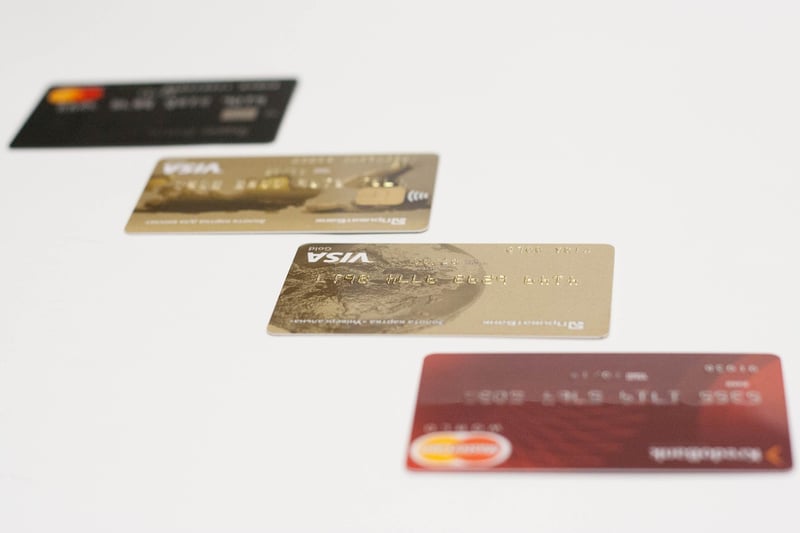Credit Card Strategies
Effective Strategies to Get Rid of Debt and Improve Your Credit Card Management
Introduction:
Debt can be a significant financial burden that affects many individuals and families. If you find yourself struggling with debt, implementing effective strategies to manage and eliminate it can help you regain control of your finances and improve your credit card management. In this article, we will discuss some practical tips to help you get rid of debt and develop better credit card strategies.
1. Create a Budget:
Start by creating a detailed budget that outlines your monthly income and expenses. Identify areas where you can cut back on spending to free up more money to put towards paying off your debts.
2. Prioritize Your Debts:
Make a list of all your debts, including credit cards, loans, and other obligations. Prioritize your debts based on interest rates, with high-interest debts at the top of the list. Focus on paying off high-interest debts first while making minimum payments on others.
3. Snowball or Avalanche Method:
Consider using the snowball or avalanche method to pay off your debts more efficiently. With the snowball method, you pay off your smallest debt first, then roll that payment into the next smallest debt. The avalanche method involves paying off debts with the highest interest rates first.
4. Negotiate with Creditors:
If you are struggling to make payments, consider negotiating with your creditors for lower interest rates or a more manageable repayment plan. Many creditors are willing to work with you to find a solution that works for both parties.
5. Avoid Taking on New Debt:
While you are working on paying off your existing debts, avoid taking on new debt whenever possible. Cut up unnecessary credit cards and focus on using cash or debit for purchases to avoid adding to your debt load.
Credit Card Strategies:
1. Pay Your Balance in Full:
To avoid accumulating high-interest charges, aim to pay off your credit card balance in full each month. This will help you avoid falling into a cycle of debt and improve your credit score over time.
2. Monitor Your Spending:
Keep track of your credit card spending and review your statements regularly to identify any unnecessary expenses. Monitoring your spending habits can help you stay within your budget and avoid overspending.
3. Utilize Rewards Programs:
Take advantage of rewards programs offered by credit card companies to earn cash back, travel points, or other benefits on your purchases. Just make sure to pay off your balance in full each month to maximize the benefits without incurring interest charges.
Conclusion:
By following these effective strategies to get rid of debt and improve your credit card management, you can take control of your financial situation and work towards a debt-free future. Remember to be patient and consistent in your efforts, and seek professional help if needed to develop a personalized plan for managing your debts.


